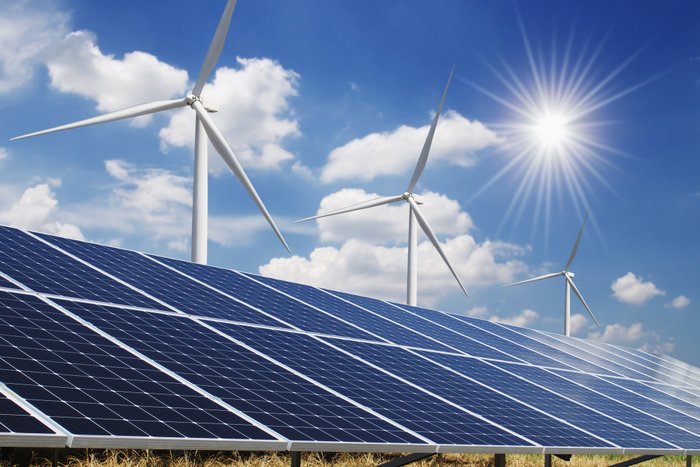REsurety: Renewable energy markets set negative pricing record set in Q1

The U.S. power grid saw record lows in the first quarter of 2022, according to REsurety’s REmap Q1 2022 State of the Renewables Market Report. Unlike the soaring prices of last year during the Texas energy crisis of February 2021, this year the ERCOT power grid saw record lows in Q1. It was another turn in a developing plotline REsurety commented on last quarter.
One example: In February 2021, ERCOT West Hub (among others) settled at the market price cap of $9,000/MWh for three days; in February 2022 ERCOT West Hub saw a two day period where prices never rose above $0/MWh. Mild demand coupled with sustained periods of high wind and solar generation created the conditions for this negative pricing event, though these conditions weren’t isolated to only those few days.
In fact, by the end of the quarter, West Hub more than doubled the number of negative-priced hours than were seen in Q1 the year prior.
“Using the modeled energy in REmap, which tells us how projects could have performed based on underlying wind/solar resource availability, last quarter West Texas solar projects saw anywhere from 20 to 30 percent of their potential hourly production for a given month happen in negatively priced hours. However, in reality, these projects weren’t operating at their potential capacity in these intervals, and either shut down or significantly ramped down production,” reports Blair Allen, Director, Software Customer Success, REsurety,
REsurety creates the REmap-powered State of the Renewables Market report every quarter, using its knowledge in power markets, atmospheric science, and renewable offtake to analyze thousands of locations, and summarize a few key findings.
Key components in the report to be used to analyze trends in a given ISO, sub-regions of an ISO, or hub, are:
- The generation weighted value, or the realized value of the wind and solar projects
- The shape value, or the relationship between the generation value and the simple-average market price
- The net capacity factor for operating wind and solar projects
Over the next quarter as the weather starts to transition to summer conditions negative pricing is expected to decline. With an increase and shift in demand, Q2 will likely be a transitional period, with the frequency of negative pricing hours remaining high to start before subsiding more materially by the end of the summer in mid Q3.




Comments are closed here.